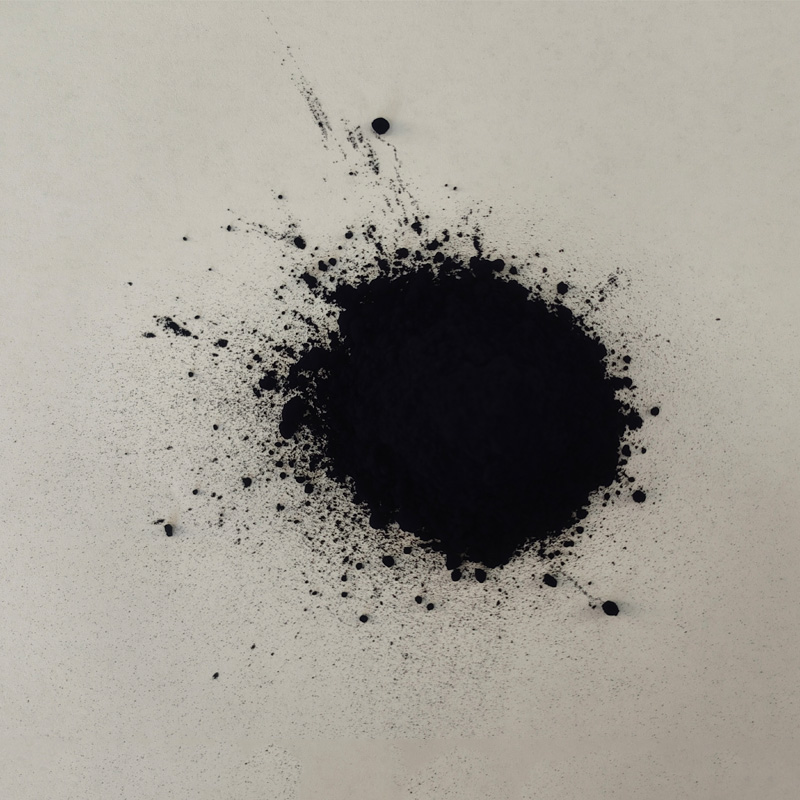Custom Raw Indigo Color - Unique Shades for Your Projects
Exploring the Allure of Custom Raw Indigo Color
Indigo, a deep and rich shade between blue and violet, has a long and storied history. Often associated with tranquility and depth, this color has mesmerized artists, designers, and fashion enthusiasts alike. Among the various shades of indigo, the concept of custom raw indigo color stands out, embodying both tradition and innovation.
Custom raw indigo color refers to the unique variations of indigo that are created by using natural indigo plants—or synthetic methods that strive to replicate that authenticity. This color is much more than a mere pigment; it symbolizes a connection to cultural heritage, artistic expression, and ecological sustainability. Crafting this color requires a deep understanding of the dyeing process, which has been passed down through generations in various cultures around the world.
The process of creating raw indigo dye is labor-intensive and fascinating. Traditionally, indigo dye is extracted from the leaves of the indigo plant through a fermentation process. The leaves are harvested, fermented, and then processed into a thick paste. When this paste is applied to fabric, it undergoes a magical transformation, revealing shades of blue upon exposure to air. This unique property is part of what gives raw indigo its character—it develops depth and complexity over time, especially as it is repeatedly dyed.
custom raw indigo color

In contemporary fashion and design, custom raw indigo color offers an opportunity for individuality. Designers often experiment with various applications, blending raw indigo hues with modern aesthetics. The color lends garments a timeless quality that can evoke both nostalgia and a sense of the new. Think of the classic denim jacket, traditionally dyed with indigo, now reimagined with custom patterns or intricate embroidery, showcasing the versatility of the color.
Furthermore, the appeal of custom raw indigo extends beyond its visual aesthetics. As consumers become increasingly aware of sustainable practices, the demand for natural dyes has surged. Custom raw indigo speaks to a growing desire for eco-friendly fashion, allowing individuals to express their style while supporting environmentally sound practices. Many artisans and craftspeople have begun to prioritize the use of natural indigo over synthetic dyes, leading to a revival of traditional techniques and promoting fair-trade practices.
Additionally, the psychological aspects of indigo cannot be overlooked. The color is often associated with calmness and introspection, making it a popular choice for meditation spaces and personal sanctuaries. Its deep hues are said to inspire creativity, making it a favorite among artists and creators looking for inspiration.
In conclusion, custom raw indigo color is much more than just a shade; it is a celebration of history, sustainability, and artistic expression. Whether found in a handcrafted garment, a piece of art, or a home decor item, the rich tones of custom raw indigo are a testament to the beauty that can arise when tradition meets modern creativity. As this color continues to evolve, it invites us to explore its depths, both literally and metaphorically, enriching our lives with its vibrant presence.
-
The Timeless Art of Denim Indigo Dye
NewsJul.01,2025
-
The Rise of Sulfur Dyed Denim
NewsJul.01,2025
-
The Rich Revival of the Best Indigo Dye
NewsJul.01,2025
-
The Enduring Strength of Sulphur Black
NewsJul.01,2025
-
The Ancient Art of Chinese Indigo Dye
NewsJul.01,2025
-
Industry Power of Indigo
NewsJul.01,2025
-
Black Sulfur is Leading the Next Wave
NewsJul.01,2025

Sulphur Black
1.Name: sulphur black; Sulfur Black; Sulphur Black 1;
2.Structure formula:
3.Molecule formula: C6H4N2O5
4.CAS No.: 1326-82-5
5.HS code: 32041911
6.Product specification:Appearance:black phosphorus flakes; black liquid

Bromo Indigo; Vat Bromo-Indigo; C.I.Vat Blue 5
1.Name: Bromo indigo; Vat bromo-indigo; C.I.Vat blue 5;
2.Structure formula:
3.Molecule formula: C16H6Br4N2O2
4.CAS No.: 2475-31-2
5.HS code: 3204151000 6.Major usage and instruction: Be mainly used to dye cotton fabrics.

Indigo Blue Vat Blue
1.Name: indigo blue,vat blue 1,
2.Structure formula:
3.Molecule formula: C16H10N2O2
4.. CAS No.: 482-89-3
5.Molecule weight: 262.62
6.HS code: 3204151000
7.Major usage and instruction: Be mainly used to dye cotton fabrics.

